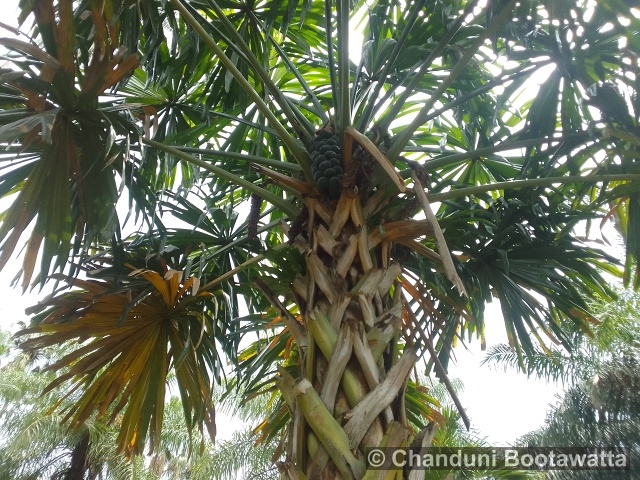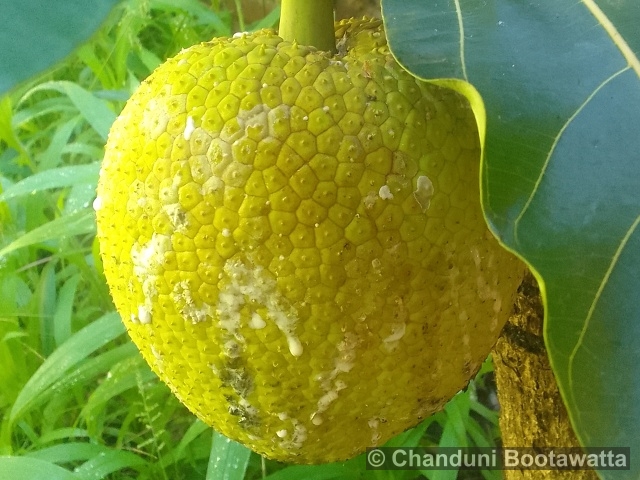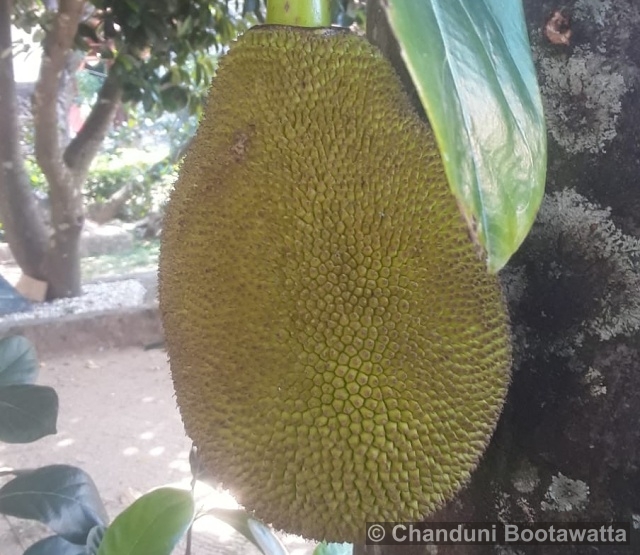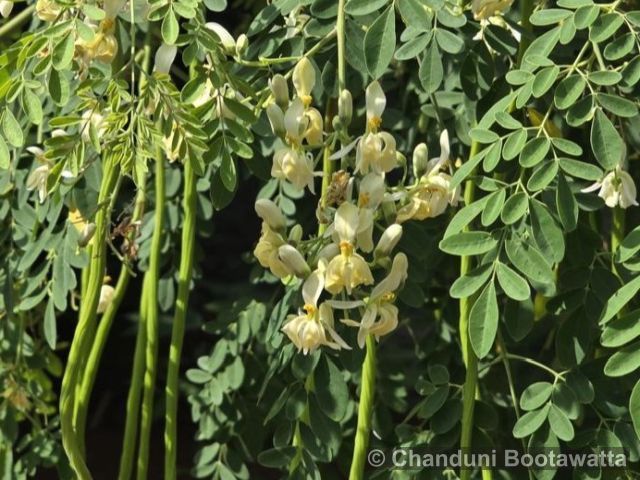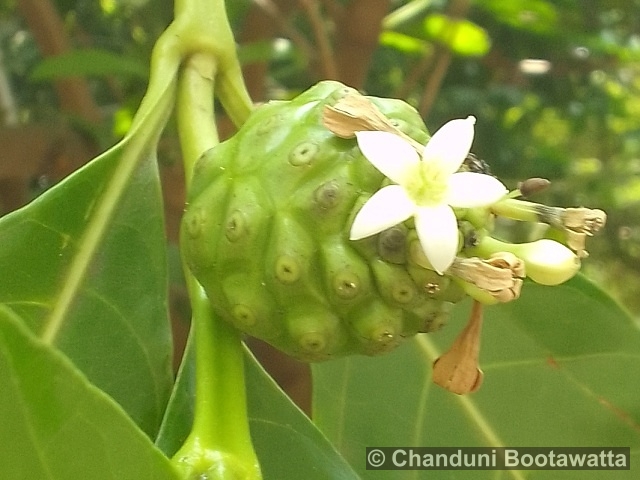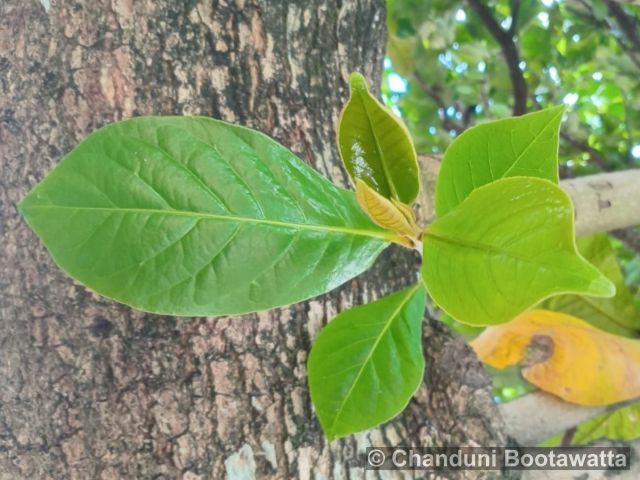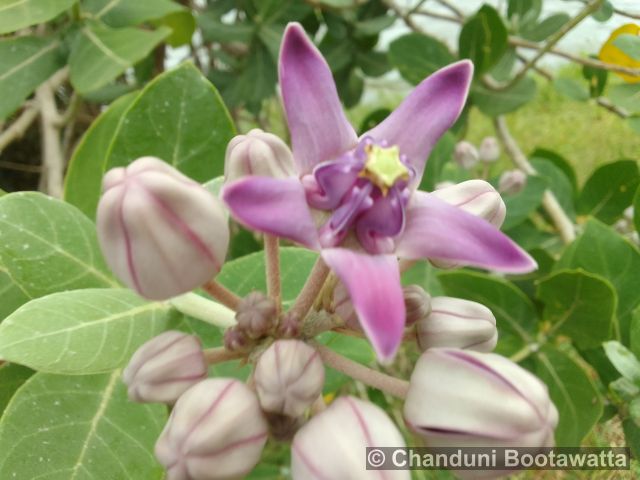Tento příspěvek byl přečten381krát!
Prickly Lasia, Spinous Lasia, Kohila (කොහිල)
Family: Araceae
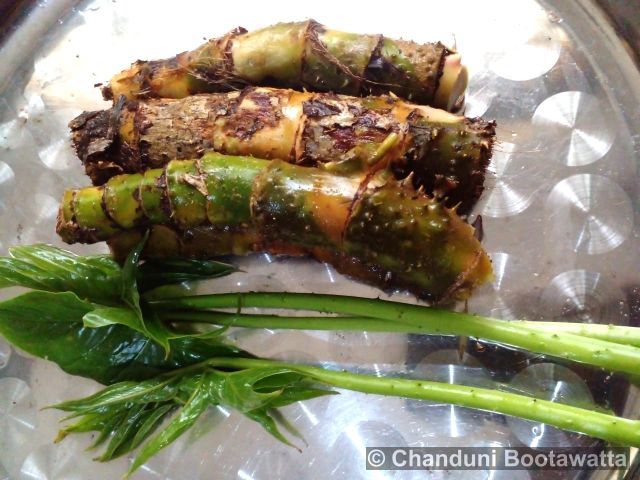
Description: Lasia spinosa is characterized by its large, heart-shaped leaves with wavy margins and prominent veins, supported by long, spiny petioles. The plant’s stem is elongated and covered in sharp, spiky protuberances that give it a distinctive, defensive appearance. Below the ground, Lasia spinosa develops a tuberous yam that is rich in starch and can be utilized as a food source.
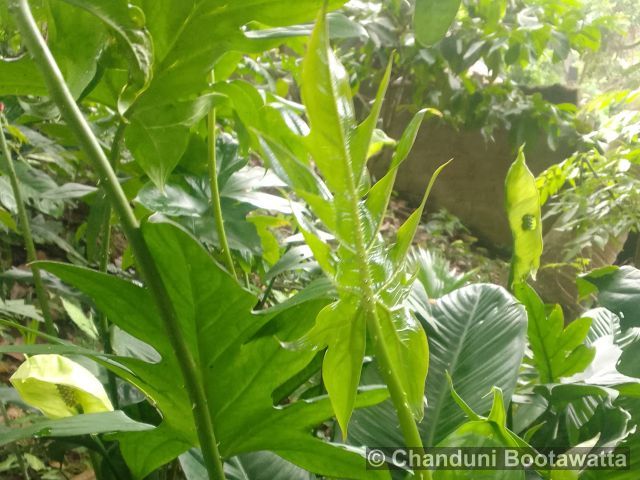
Substitutions: Colocasia esculenta (Taro) – Is a tropical plant notable for its large, heart-shaped leaves and starchy underground corms. The corms are a significant food source in many cultures and are consumed boiled, baked, or ground into flour. Its leaves, rich in nutrients, are also eaten after being cooked to remove oxalates. – Alocasia macrorrhizos (Giant Taro) – Is a striking plant with enormous, arrow-shaped leaves and large, edible corms. The plant’s corms are used in various dishes and have medicinal applications, particularly in treating inflammation and digestive issues. It is often grown in tropical and subtropical regions for its aesthetic and practical benefits. – Amorphophallus paeoniifolius (Elephant Foot Yam) – Is a plant recognized for its large, spiky leaves and substantial, underground tuber. The tuber is a popular ingredient in Southeast Asian cuisine, prized for its rich flavor and texture, and it is often used in traditional medicine to treat conditions like asthma and arthritis. The plant’s distinct appearance also makes it a notable feature in gardens.
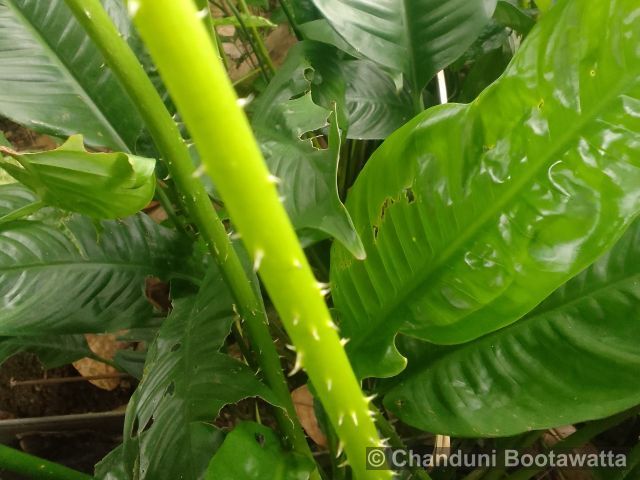
Ecology: Thrives in warm, tropical climates with high humidity and requires consistently moist, well-drained loamy or clayey soils rich in organic matter. It is best suited to wetlands, riverbanks, or other areas with ample water supply and benefits from partial to full sunlight.
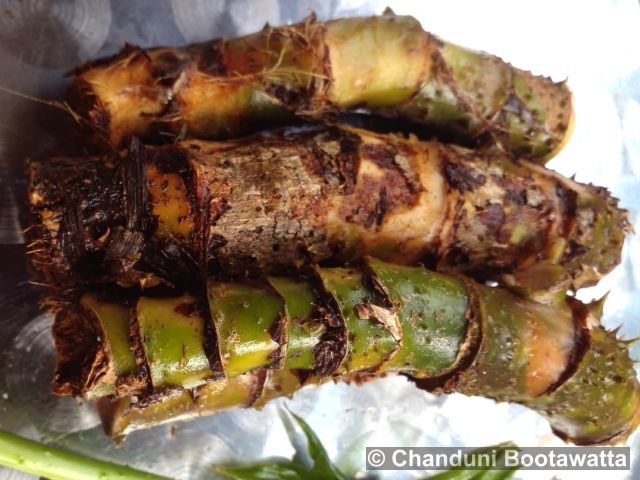
General Distribution: Is generally distributed across tropical regions of Southeast Asia, including countries like Sri Lanka,India, Thailand, Malaysia, and Indonesia, as well as extending to the Pacific Islands and parts of northern Australia.
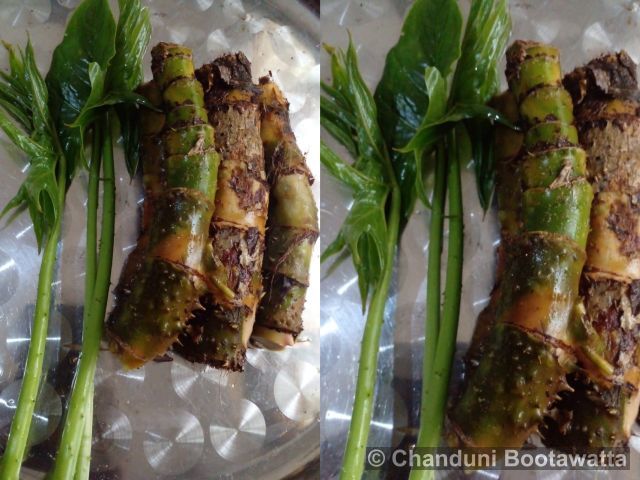
Use: Despite its prickly exterior, the plant has various uses: its young shoots and leaves, once properly cooked to remove irritants, are edible and often used in traditional dishes. Additionally, the tubers are known for their medicinal properties and are used in traditional medicine to treat ailments such as rheumatism, gastrointestinal issues, and snake bites. The plant is also valued in some cultures for its potential anti-inflammatory and antimicrobial properties.
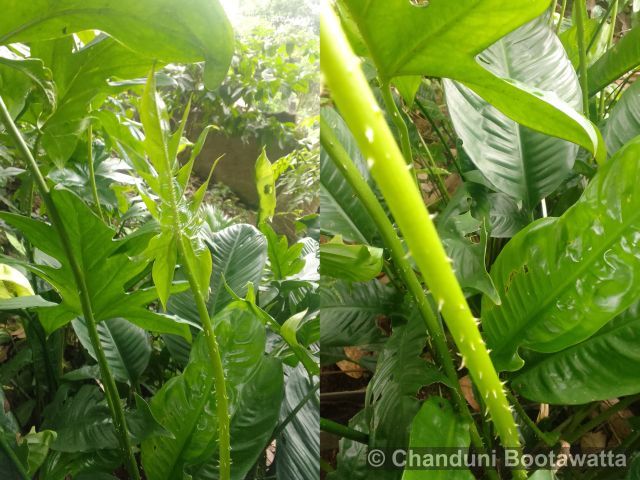
Author of text and photos: Chanduni Bootawatta.
Photographed in Ranwala Kegalle, Sri Lanka on 01/07/2024.



 Poslat emailem
Poslat emailem